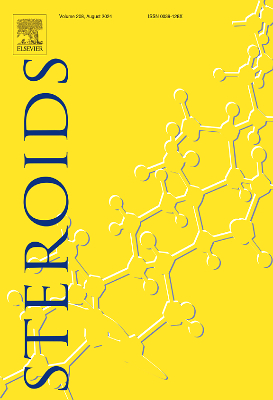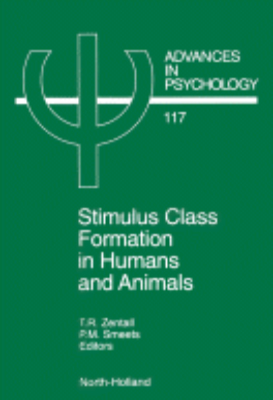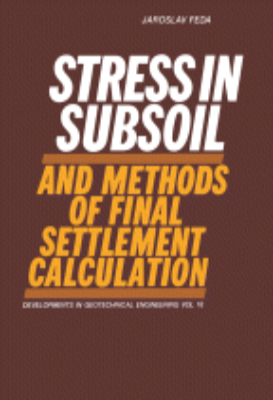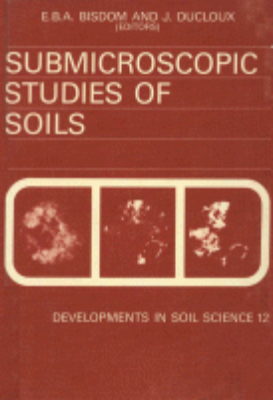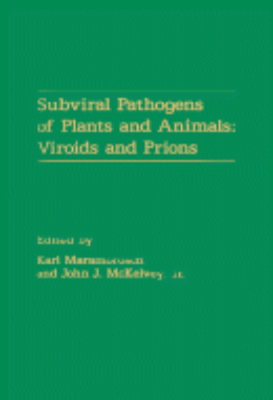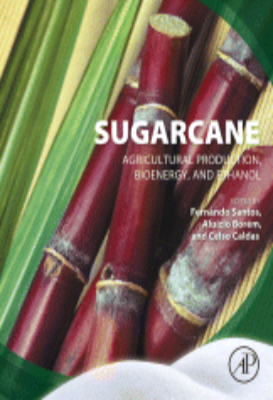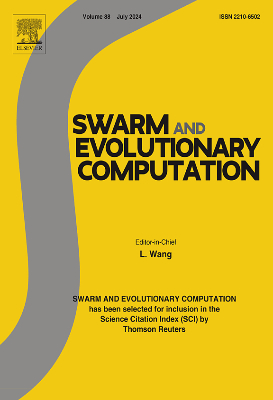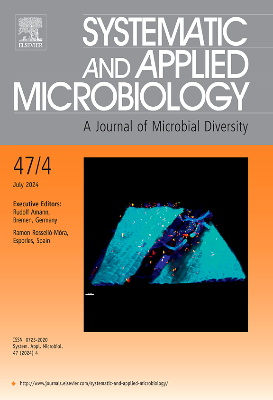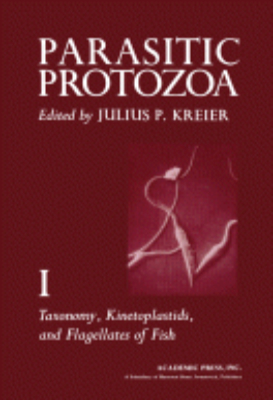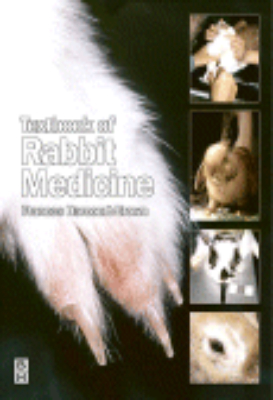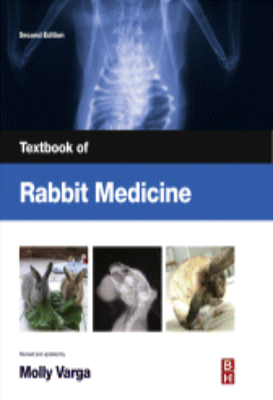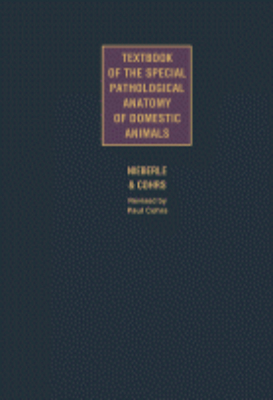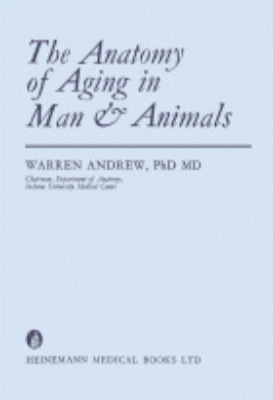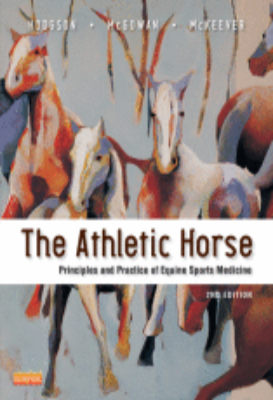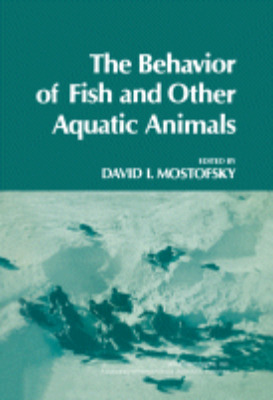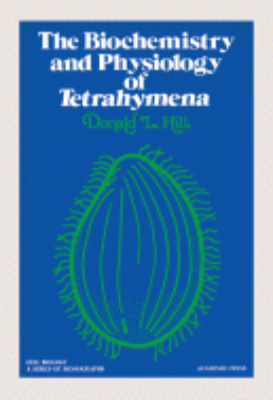E-Resources
Statistics for Food Scientists
"The practical approached championed in this book have led to increasing the quality on many successful products through providing a better understanding of consumer needs, current product and process performance and a desired future state. In 2009, Frank Rossi and Viktor Mirtchev brought their practical statistical thinking forward and created the course Statistics for Food Scientists. The intent of the course was to help product and process developers increase the probability of their projects success through the incorporation of practical statistical thinking in their challenges. The course has since grown and has become the basis of this book. Key Features. Presents detailed descriptions of statistical concepts and commonly used statistical tools to better analyze data and interpret results. Demonstrates thorough examples and specific practical problems of what food scientists face in their work and how the tools of statistics can help them to make more informed decisions. Provides information to show how statistical tools are applied to improve research results, enhance product quality, and promote overall product development"
Still Going Wrong!: Case Histories of Process Plant Disasters and How They Could Have Been Avoided
This is Trevor Kletz's follow up to his extremely successful What Went Wrong Case Histories of Process Plant Disasters. In it, Kletz reinforces the messages in his now-classic book of famous case histories, but the majority of the book covers points not covered in the original. This new volume will focus more on procedural changes that can be made, not only at the technical or engineering levels, but at the managerial level, to prevent disasters from happening. Key Features * This volume follows up on the cases and strategies outlined in the original million-dollar seller: "What Went Wrong"* Contains many new cases and areas for improvement, including the hazards of rust, corrosion, and many more new topics* Written by the world's leading expert on industrial safety
Subcellular Biochemistry and Molecular Biology
The Biology of Euglena, Volume IV: Subcellular Biochemistry and Molecular Biology focuses on the subcellular biochemistry and molecular biology of eukaryotic microorganisms that belong to the genus Euglena, including Euglena gracilis. It investigates enzymes and their functional location in Euglena cells, along with subcellular particles, the nucleus, the mitochondria, the chloroplast protein synthesis and chloroplast DNA, and the microbodies and lysosomes of Euglena. Organized into eight chapters, this volume begins with an overview of techniques in determining the location of enzymes and in isolating organelles in Euglena. It then proceeds with a discussion of the nucleus, its ultrastructure and macromolecules, and chromatin organization. The next chapters examine the morphology and ultrastructure of mitochondria, the morphology and biogenesis of microbodies and lysosomes, the nuclear-cytoplasmic interaction, and the structure and physicochemical properties of chloroplast DNA. The last two chapters consider the ribosomal RNAs of Euglena and the organization and activities of cytoplasmic, mitochondrial, and chloroplast ribosomes and polyribosomes, along with its polyadenylated and messenger RNA. This book will be of interest to biochemists, molecular biologists, botanists, and plant geneticists.
Subviral Pathogens of Plants and Animals: Viroids and Prions
Subviral Pathogens of Plants and Animals: Viroids and Prions is organized into four parts consisting of a total of 20 chapters that discuss the nature of subviral pathogens of plants and animal. This book first elucidates the recognition of subviral pathogens, and then explores the host range of viroids and its diseases. It also addresses the control of viroid diseases. The book explains the structure and replication of viroids. Lastly, it centers on the structure and biology of prions, as well as the diseases these pathogens cause. This treatise will be of considerable scientific interest and importance to those in the field of human and veterinary medicine, virology, zoology, microbiology, plant pathology, entomology, as well as other branches of biology.
Sugarcane
"Sugarcane: Agricultural Production, Bioenergy and Ethanol explores this vital source for ""green"" biofuel from the breeding and care of the plant all the way through to its effective and efficient transformation into bioenergy. The book explores sugarcane's 40 year history as a fuel for cars, along with its impressive leaps in production and productivity that have created a robust global market. In addition, new prospects for the future are discussed as promising applications in agroenergy, whether for biofuels or bioelectricity, or for bagasse pellets as an alternative to firewood for home heating purposes are explored. Experts from around the world address these topics in this timely book as global warming continues to represent a major concern for both crop and green energy production. Key Features. Focuses on sugarcane production and processing for bioenergy. Provides a holistic approach to sugarcanes potential from the successful growth and harvest of the plant to the end-use product. Presents important information for ""green energy"" options"
Taxonomy Kinetoplastids and Flagellates of Fish
Parasitic Protozoa, Volume I: Taxonomy, Kinetoplastids, and Flagellates of Fish contains 10 chapters that first discuss the classification of the protozoans, and then explain the system of parasitic protozoans. This reference material focuses on the significant aspects specifically related to Leishmania and trypanosomes, including the trypanosomes causing disease in man and livestock in Africa, as well as the nonpathogenic trypanosomes of mammals. Lastly, the flagellate parasites of fish are described. This book will be invaluable to physicians and veterinarians interested in studying the parasite's disease-causing property in man and livestock.
Textbook of Rabbit Medicine: 2002
Although a lot has been written on the rabbit, much is anecdotal and aimed at the pet owner rather than the veterinarian. Textbook of Rabbit Medicine however, has been specifically written for the veterinary practitioner, using evidence-based material andproviding a comprehensive guide to the diagnosis and treatment of conditions affecting pet rabbits. Basic husbandry, behaviour and nutrition are explained within the concept of health and disease. Essential information on biology and physiology is also provided. Unique illustrations based on original dissections offer an additional insight into this complex animal.Frances Harcourt-Brown is a veterinary surgeon with a specific interest in rabbits. She is widely recognised as an expert and has been acclaimed for her research - receiving several awards, including the BSAVAs Melton award for meritorious contribution to small animal practicefor her work on dental disease in pet rabbits. Textbook of Rabbit Medicine says all there is to say about the pet rabbit: it is an essential purchase for every veterinary practitioner.With illustrations by Nigel Harcourt-Brown
Textbook of Rabbit Medicine: 2013
The new Textbook of Rabbit Medicine draws on the latest information from around the world to make it a truly global resource on all aspects of rabbit medicine and health. It will continue to be indispensable to veterinary surgeons in general practice, veterinary students, referral veterinarians specializing in exotic pets, and veterinary surgeons studying for certificates in advanced veterinary practice. The book is carefully constructed to allow for the biology, husbandry and clinical techniques that pertain to rabbit medicine to be treated comprehensively and conveniently. Clinical chapters follow a logical progression from clinical pathology, through anaesthesia, therapeutics and diseases covered by body system, to surgery and post-mortem examination. The author offers a strong emphasis on clinical practice to ensure the content is as practically useful and accessible as possible. Key points boxes integrated throughout the book provide a stand-alone prcis of important subjects. New clinical techniques boxes are packed with tips from a practising expert who regularly applies this same information in practice.
Textbook of Respiratory Disease in Dogs and Cats
Respiratory diseases are common and often challenging problems in dogs and cats. Animals with respiratory disease tend to have chronic, recurrent problems that are difficult to manage and do not respond easily to therapy. Alternatively, they may have acute, life threatening problems, with difficulty breathing and a high risk of death. Either type of patient can be very stressful to the veterinarian to manage! This textbook offers state-of-the-art advice about management of dyspneic patients, and patients with chronic recurrent disease. The chapters are all written by recognized experts in each specific subject area. The first parts of the book are organized to facilitate rapid use by presenting a problem-based approach to respiratory tract disease, and describing techniques for diagnostic testing and general support of patients with respiratory tract disease. The last section of the book provides an in-depth description of specific respiratory disorders, including their pathophysiology, diagnostics, expected clinical course and management.
Textbook of Special Pathological Anatomy of Domestic Animals
Textbook of Special Pathological Anatomy of Domestic Animals should not be regarded merely as a textbook for students, but rather as one which will also be of assistance to them in their later work, as well as to veterinarians generally working in the various branches of the profession, in the assessment of pathological changes. As many new diseases have become known and much new information relating to pathogenesis and aetiology has been gained since the appearance of the last edition, radical revision of the book has become imperative. The discussions in this book cover the circulatory system, blood-forming organs, reticulo-endothelial system, respiratory system, digestive organs, peritoneum, nervous system, urinary organs, genital organs, organs of locomotion, endocrine glands, and skin.
The Action of Hormones in Plants and Invertebrates
The Action of Hormones in Plants and Invertebrates focuses on the mechanisms of action of hormones in plants and invertebrates, including auxins, vitamins, steroids, and carotenoids. The book considers plant growth hormones, hormone-like substances in fungi, and hormones in insects and crustaceans. This volume is organized into four chapters and begins with a historical overview of the concept of hormones in plants, and then describes assay methods for auxins, along with auxin chemistry, transport, and role in tropisms. The discussion moves to other plant hormones such as wound hormones, flower-forming hormones, vitamins, steroids, carotenoids, rhizocaline, and caulocaline. The book then methodically explains insect hormones and their sources; the role of hormones in reproduction and postembryonic development; and hormone-induced color change in insects. This volume also offers information on the mode of action and physicochemical properties of insect hormones. The book concludes with a chapter on the biological effects of hormones on Crustacea, from sex characteristics to color change, molting and growth, retinal pigment movements, locomotion, and ovarian development. This book will be of interest to biologists, zoologists, botanists, and endocrinologists.
The Agronomy and Economy of Important Tree Crops of the Developing World
"Major tree crops contribute substantially to the economy of many developing countries on the Asian, African and Latin American continents. For example, coffee is the main revenue earner for Kenya. This book provides a comprehensive review of the agronomy, botany, taxonomy, genetics, chemistry, economics, and future global prospects of a range of crops that have great food, industrial and economic value such as cocoa, coffee, cashew, oil palm and natural rubber. Key Features. Discusses the major tree crops of great economic value to the developing world. The author is an eminent scientist who has won numerous awards for his work in this area"
The Agronomy and Economy of Turmeric and Ginger
"Turmeric has been used as a medicine, a condiment, and a dye since at least 600 B.C., while ginger has been used extensively throughout history for its medicinal purposes. The Agronomy and Economy of Turmeric and Ginger brings these two important plants together in one reference book, explaining their history, production techniques, and nutritional and medicinal properties in detail. This book is intuitively organized by plant and use, allowing quick access to information. It puts the uniquely Indian use and history of turmeric and ginger plants into a global context of production and economic aspects. It explores the plants from a botanical perspective, and goes into details of their chemical composition as well. Rounding out the book are chapters on disease and pest control issues. The book is a valuable resource for those involved in the production and marketing of these plants, as well as those looking for more information on the medicinal and nutritional properties of turmeric and ginger. Key Features. The first book to bring together extensive information about turmeric and ginger. Incorporates medicinal, nutritional and agricultural aspects of the two plants. Offers a global perspective"
The Anatomy of Aging in Man and Animals
The Anatomy of Aging in Man & Animals presents a critical review of the characteristics of invertebrates. It discusses the physical features and parts of fishes, amphibians, reptiles, and birds. It also addresses the characteristics and physiology of mammals as well as the organization of the nervous system. Some of the topics covered in the book are the descriptions and species of protozoa; description of porifera, coelenterate, and kinds of rotifer; parts and functions of mollusca; description and reproduction of annelida; types of crustacea; studies on drosophila; analysis of nutrition, temperature, and aging; and development of the nervous system of a bee. The structures of flatworms and the development of roundworms and echinodermata are discussed. An in-depth analysis of the classes of echinoidea is provided. The characteristics of thymus in an adult amphibian are also presented. A chapter is devoted to the description of changing appearance of human skin. The book can provide useful information to scientists, biologists, students, and researchers.
The Athletic Horse
Showing how to maximize performance in horses, The Athletic Horse: Principles and Practice of Equine Sports Medicine, 2nd Edition describes sports training regimens and how to reduce musculoskeletal injuries. Practical coverage addresses the anatomical and physiological basis of equine exercise and performance, centering on evaluation, imaging, pharmacology, and training recommendations for sports such as racing and show jumping. Now in full color, this edition includes new rehabilitation techniques, the latest imaging techniques, and the best methods for equine transportation. Written by expert educators Dr. David Hodgson, Dr. Catherine McGowan, and Dr. Kenneth McKeever, with a panel of highly qualified contributing authors.
The Behavior of Fish and Other Aquatic Animals
The Behavior of Fish and Other Aquatic Animals provides a comprehensive discussion of the behavior of fish and other aquatic animals. It aims to fulfill the need for published materials that can responsibly depict the status quo of existing knowledge, and that can serve to educate the scientist seeking an organized presentation focused on biobehavioral issues and techniques. The book begins by exploring symbiotic relationships in fishes that range from broad multispecific types that have little or no intimacy between symbionts to intimate mutualistic relationships. It then presents studies on the feasibility of using teleost fish as subjects in behavioral toxicology experiments; the visual behavior of fishes; the role of the teleost telencephalon in behavior; and the auditory systems of fishes. The remaining chapters cover the behavior of turtles in land, sea, and fresh waters; visually guided behavior in turtles; the gas bubble disease of fish; and the advantages and limitations of acoustic telemetry, which has been used to obtain data from animals ranging in size from hatchling sea turtles to large tuna and sharks.
The Biochemistry and Physiology of Tetrahymena
The Biochemistry and Physiology of Tetrahymena presents a review of the literature covering the physiology and biochemistry of the ciliate genus Tetrahymena, of which Tetrahymena pyriformis is the most studied species. Organized into 10 parts, this book first provides basic information about Tetrahymena, which is found in almost any body of water and is so unusual that one can debate quite rationally as to whether it is an animal or a plant. Other chapters are restricted to specific subjects about this organism, namely, carbohydrate, lipid, energy, protein, amino acid, purine, pyrimidine, and nucleic acid metabolism. The organisms biochemical genetics, vitamin and inorganic requirements, and evolution are also shown. This book also explores the effect of radiation, drugs, and hydrostatic pressure on Tetrahymena. The documented information presented in this book will be sufficient to stimulate even more interest in the organism.



